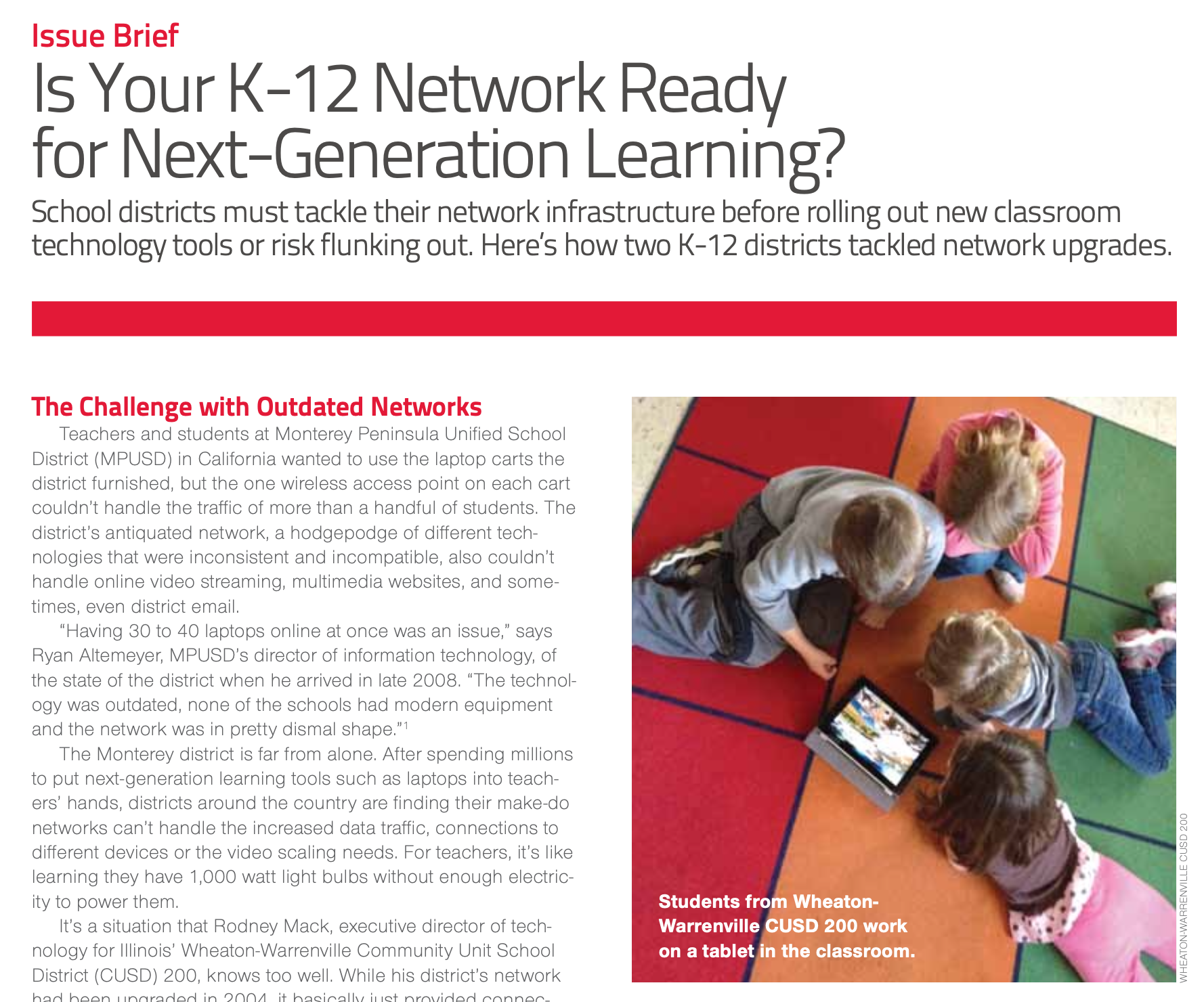My radical information diet
What are the risks of consuming junk information, and what tricks I use to protect myself.

Imagine you are bored and take a walk.
You pass by a bench, and a candy sits on it. “Yummy!” – You pick up the candy and toss it in your mouth.
Further on, a passer-by offers you a shiny red apple. “Fruit is healthy!” – You grab it and sink your teeth in it. Finally, you walk by a snack. It lays on the pavement, unwrapped and bitten. “I could use sugar!” – pick it up eat the rest.
“Ewww!?” … you’re thinking? Then you’re the right audience for this post 😉
I write about a topic which I consider important and under discussed in society.
I expose what a radical weirdo I am when it comes to this. And argue you might want to become one too.
Executive summary
In this post I argue that:
- Consuming any random piece of information floating around can poison your brain and get you into trouble.
- I treat information like I treat food – an information diet.
- I run my information diet on three simple practices: require factuality, avoid bias and have notice.
Seems radical? 😏
Food safety
Most of us wouldn’t eat whatever random piece of food lying around.
Invisible “quality gates” guard our mouths and unconsciously let in only such things as:
- Food from friends and other people we trust.
- Food from supermarkets.
- Food from restaurants.
… and little more.
Why such strictness? Because we learned that bad food makes us sick.
Food directly affects our physiology, and bad food affects it harmfully.
Information safety?
Just the same way, information shapes our mind:
- Our thoughts.
- Our ideas.
- Our convictions and beliefs.
- Our actions.
And as a consequence the activities we engage in, people we choose to spend time with, mate with, etc.
A pretty substantial chunk of life 💩
This analogy may seem abstract. After all, can bad information really cause us problems?
Here’s a couple of examples which raised my attention over the years.
Cyber Jihad
In the early 2010s ISIS leveraged the Internet to persuade scores of western citizens to abandon their comfortable lives and relocate to Iraq and Syria, to either fight the Jihad or be wives to its soldiers.
This “Cyber Jihad” was so effective, it set western counter-terrorism agencies in motion.
Here’s how ISIS persuaded those people:
- Identify social media platforms containing a suitable audience – usually young and open to new narratives.
- Persistently disseminate information presenting moderate messages on Islam, amenable to them.
- Locate individuals who took the bait (likes, comments or follows) and engage them in direct conversation to push increasingly radical views.
- Meanwhile, disseminate information on portraying idyllic life in ISIS: warmth, sunsets, cooking, playing with children while serving Allah’s will.
- Ultimately place a compelling call to action to move to Syria and serve Allah.
How could this get people to take such a leap?
Good targeting and persistent “information” over months.
More concerning still, a lot of the information disseminated was not even necessarily false. Only a highly partial insight into life in the “Caliphate” which omitted its surrounding death and terrorism.
Those westerners faced reality soon enough. Many men ended up killed. Women gave birth to children to quickly lose them to lacking healthcare; then attempted to return and got stuck in refugee camps on terrorism charges.
After ISIS’ military loss in the Middle East, a new wave of Cyber Jihad shifted focus onto local activism, causing a spike in fatalities especially in Europe.
This phenomenon is not unique to Islam. Local extremists, most frequently from the far-right like “Proud Boys”, employ similar tactics to produce more accidents, only less sensational ones.
In all of these cases, agendas baked into information spoil the lives of a bunch of individuals.
Contributed Content
Newspapers contains dozens to hundreds of articles every day.
Each takes hours to write, generating costs for hundreds of thousands of € per month in content creation alone. That exceeds the means of many free and smaller newspapers and magazines, so those often cut corners.
They accept contributed content: articles submitted spontaneously by unpaid and unaffiliated third parties.
The newspaper’s benefit is clear; but why would those writers work for free?
Advertisement. That content is often used for lightweight product placement, or to influence the readers’ perception on a subject.
The example below from a e.Republic magazine on digital education emphasizes the importance of reliable computer networking to schools.

The content is informative and professional, and clear of any mention of specific IT vendors or products. As school managers read it, what role will reliable computer networking play in their upcoming budgeting rounds? How will that affect budgeting of other initiatives?
The article was contributed by CDW, a large vendor of IT equipment and services.
In this case, agendas baked into information affect the actions of sectors of society.
Trump’s election campaigns
Most presidential elections in the US are won by narrow margins: half the population does not vote and a third never change their preference.
As a result, parties focus campaigns on the remaining 15% – “swing voters”. Few mastered that nearly as well as Trump’s presidential campaigns.
They collected social media profiles of millions of people and built psychological profiles for them.
They then targeted “positively swingable” people with relentless ads dramatizing immigration, along with information on how to vote. And they targeted “negatively swingable” people with ads to break conviction or willingness to vote, like suggestions of corruption of their candidate.
Many of those ads were either misleading or straight lies. “Election Day is Today!” ads ran a week before the actual voting day to selected people.
This may come across as just other form of advertisement. However, social media intentionally turns ads into “information surrogates”:
- Ads are blended with other trusted content from friends and acquaintances, marked only with discrete labels.
- They run for extended periods against specifically-targeted groups, to maintain constant exposure and maximize absorption.
In this example, targeted disinformation affects the domestic and geopolitical direction of an entire country.
Internet junk
There are simpler and more mundane examples of bad information.
“Internet junk” are shoddy posts made by people with an opinion and without the care to check its truthfulness. I contrast “internet junk” from “disinformation” because it is usually spontaneous, with authors poorly informed, truly convinced of what they are spreading, and doing so in good faith. All that while the result are just the same: they disinform the public.
Here’s an example: a recent tweet disputing that Syria used chemical weapons against its citizens.

And here’s another – spreading the disproven claim that vaccines cause autism.

When internet junk is posted through social media, it is distributed to many other users, a few of which “like” it.
Those readers are just as lazy as the originator. The message resonates, and they don’t perceive their reputation highly enough to consider the damage of endorsing random bullshit with their “like”.
That “like” endows the shoddy post with greater credibility and circulation.
At the same time, that like attracts more content around that idea to the reader itself, because social media platforms seek to maximize engagement. In turn, that increased content makes the idea appear more prevalent and credible to the person.
This loop – the “Echo chamber” – enables a tiny minority vocal about an idea to “puff it up” as prevalent in society to the eyes of others.
In this case, the originators often start with good intent. They are convinced of a theory without having validated it. They are often intelligent people – they simply lack a methodology to ensure that their brain is fed safe data.
How junk roots in our mind
How do we get from a stream of false or biased information to fight Jihad?
The Availability heuristic is the root of all evil.
Our brain 🧠 rates an information as more reliable if it can easily match it with information readily available in our memory.
That means: repeat a message frequently enough, and make it close enough to other beliefs, and it will merge into our brain.
Once it has, it broadens our mental stage to accept further surrounding ideas. Beliefs form over time.
The same mechanism is used by propaganda and commercial advertisement.
What to do about it?
Handling info like a pro
My recipe to protect my brain from bad information is simple.
The symmetry is striking:
| Food 🍕 | Information 🧠 | |
|---|---|---|
| Safety | Factuality | Can it make me sick? |
| Nutritiousness | Bias | Is it sufficient to feed me? |
| Consumption | Notice | Did I chew it well enough? |
Each step is easy to do. It took me few weeks of practice and discipline, and since then I don’t even think about it. Just like with food 🙂
It builds what I call my information diet, which looks like a pyramid: The basis is the first I practiced – and the most important. As I integrated one step to be unconscious I moved to the next, all the way up to the tip.
Let’s look into each step.
Factuality
The food-equivalent of safety: I want to know the facts covered are true and were described accurately and timely.
Some insist you should “fact check”. That’s way too much effort for me!
I prefer a 90/10 approach instead: Just like with food, I don’t go through the hassle of screening each piece of information. I screen the source which delivers it.
Factuality tells me how reliable a source is.
Let’s say I come across an internet post claiming that, after months of protests, Iranian’s decade-long dictator gave in to the people removing the dreaded “morality police”.
As a general rule, I’d proceed as follows:
- What’s the source of this post? Is that trustworthy? If yes, read.
- Can I find the same fact covered on other trustworthy sources. If yes, read those instead.
To find out if a source is trustworthy, I use look at 2 aspects:
- Does it financially depend on its reputation? (Renowned newspapers, universities, institutions and research firms etc)
- What “factuality rating” does it have?
Organizations whose existence depends on reputation can only afford to f*ck up rarely. Any frequency would reduce their trustworthiness, audience and income over time.
Major TV stations are an odd case. They are partially entertainment, and must address a less selected and more volatile audience. Accuracy often falls in favor of simplicity and catchiness. Because of that mix, I just don’t regard TV news as a viable source.
If the source name is not known as trustworthy to me, I proceed to check its factuality score. I simply google for “source_name factuality”, and look at the first 2-3 results to ensure they are consistent. That’s usually:
While the methodology of some is contested, their ratings are surprisingly consistent.
If I fail to find factuality ratings, I disregard the article. I might google the fact itself to see if it’s covered by other reputable sources.
If no other source covered this news, then I usually ban the piece of information from my brain. I literally prevent myself from reading it, to avoid involuntarily allowing it into my memory and making stage for availability bias.
Additionally, if a piece of news is covered by a trustworthy source but sounds bizarre, I still check it for factuality.
As I read the NYT example below, I thought “Really? A dictator gives in after ‘only’ a few months of protests?”. I googled the title and quickly found that verb ‘abolished’ was inaccurate (‘suspended’ instead). This happens rarely for such institutions, but it does happen.

Regional news sources
Do you like to read your local newspaper? Many do to either connect with their “roots” or support local economy.
Those sources, in exchange, are difficult to screen for factuality. Factuality rating is laborious to build and maintain, so organizations cannot afford to rate all sources. Regional and local sources rarely make it into their lists.
As a result, you’re on your own with respect to their reliability. This does not mean that they are unreliable – it only means that it’s difficult to know if and how much they are.
If you prefer to stick with your local newspaper, you might want to occasionally compare some stories – especially for more global topics – with their coverage on larger papers.
Bias
The food-equivalent to nutritiousness. I can’t exclusively eat ice cream: I need to supplement with vegetables and protein.
When reading a piece of information, have I fulfilled my RDA of facts for a healthy perspective?
A source can be factual, but biased. If it is, I must supplement my information by reading an opposite perspective elsewhere, to avoid slipping into an ideological corner.
How do I protect myself from bias? I check for it as follows:
- Several of the sources which rate factuality often rate bias as well.
- Wikipedia usually tells me that. I usually simply do a text-search for “left” or “right” on the page of the source.
If a source proves to be significantly biased, my laziness makes me read less of it: I am too lazy to read the same fact twice to compensate, if I can only read once.
This sets me somehow apart as “odd”. Most people follow sources which best match their beliefs. I deliberately work to avoid that, which causes me to occasionally suffer through reading uncomfortable truths.
As an example, it was painful for me to read that large swaths of Ukrainians expressed disappointment at their government, in polls secretly run by Russia’s FSB shortly before the war. It did’t change my overall opinion, but it constituted important understanding of the situation.
Avoiding western bias
What if a newspaper is biased not within our culture, like for our typical “left vs right”, but between cultures?
This manifested as a challenge after Russia’s invasion of Ukraine. All Western countries consistently condemned Russia, while Eastern ones did not. What caused the to do so?
Cultural bias does.
Avoiding cultural bias is more difficult, because languages often come in the way, and non-English sources usually address specific countries as a result.
Al Jazeera is a clear exception. The Qatari government profusely funds millions to gain international relevance, at the modest cost of them being lenient against Qatar itself. This allows Al Jazeera to attract great journalists and cover news outside of the societal or political pressure of the West.
Shortly after from the US invaded Iraq, for example, Al Jazeera soberly reviewed President Bush’es claimed motives, and their veracity.
Notice
“Don’t eat so fast!” said my granny.
In the fast world of information, every word makes a world of difference.
For example, “Chinese police stations allegedly pressured citizens” is different from “Chinese police stations pressured citizens”. With the former, the journalist says “I could not verify this information. But I had to mention what was said to me”. All I can do with the former statement is to set a placeholder in my mind to see how this story gets ultimately described some days later.
This particularly applies to titles, which are necessarily terse and catchy.
In the example below, the title lures into imagining Tesla facing huge costs for recalling a million vehicles. The journalist is correct enough to mention, straight at the third sentence, that the “recall” is only a software update, which is run remotely and transparently for the owner.

Why would a journalist imply something in a title just to rebut it three sentences later? That is today’s brutal world of free news, which must fight for your attention. As good-faith as a journalist can be, they are forced to play this game, lest being hidden into irrelevance.
In sum – reading information, even when accurate and modestly biased, requires notice. In practice, my recommendations are:
- Don’t take information from titles. Either take the time to read the article, or forget the title. Similarly, don’t necessarily dismiss articles from good sources just because their title looks “baity”.
- Check whether an article states X happened vs merely stating somebody said that X happened. The latter means X is unverified.
- Identify the actual facts, and separate them from the opinions. As a rule of thumb, adjectives indicate opinions.
Conclusion
Language is humanity’s most powerful invention, and literacy and the Internet empowered nearly everyone to be able to produce and consume information.
The challenge shifted to selecting which information to consume.
That takes some skills. Is it worth to learn them?
I described some examples which made me care:
- Cyber Jihad disseminated “information” luring normal citizens into death and terrorism.
- Contributed content disseminates “information” to influence acting habits on certain subjects.
- Trump campaigns disseminated “information” to make a highly controversial figure the most powerful man in the world.
- Internet junk on social media builds “information” bubbles around us filled with contagious litter.
And with those I got moving and progressively built a pragmatic recipe for my “information diet”:
- Only consume information from reliable sources.
- Compensate reliable but biased sources.
- Have notice of what your information really says.
How does your information diet look like?
Comment below, or use the commentable copy for input or corrections to the article itself.
The research package includes all data and information used to write this article.